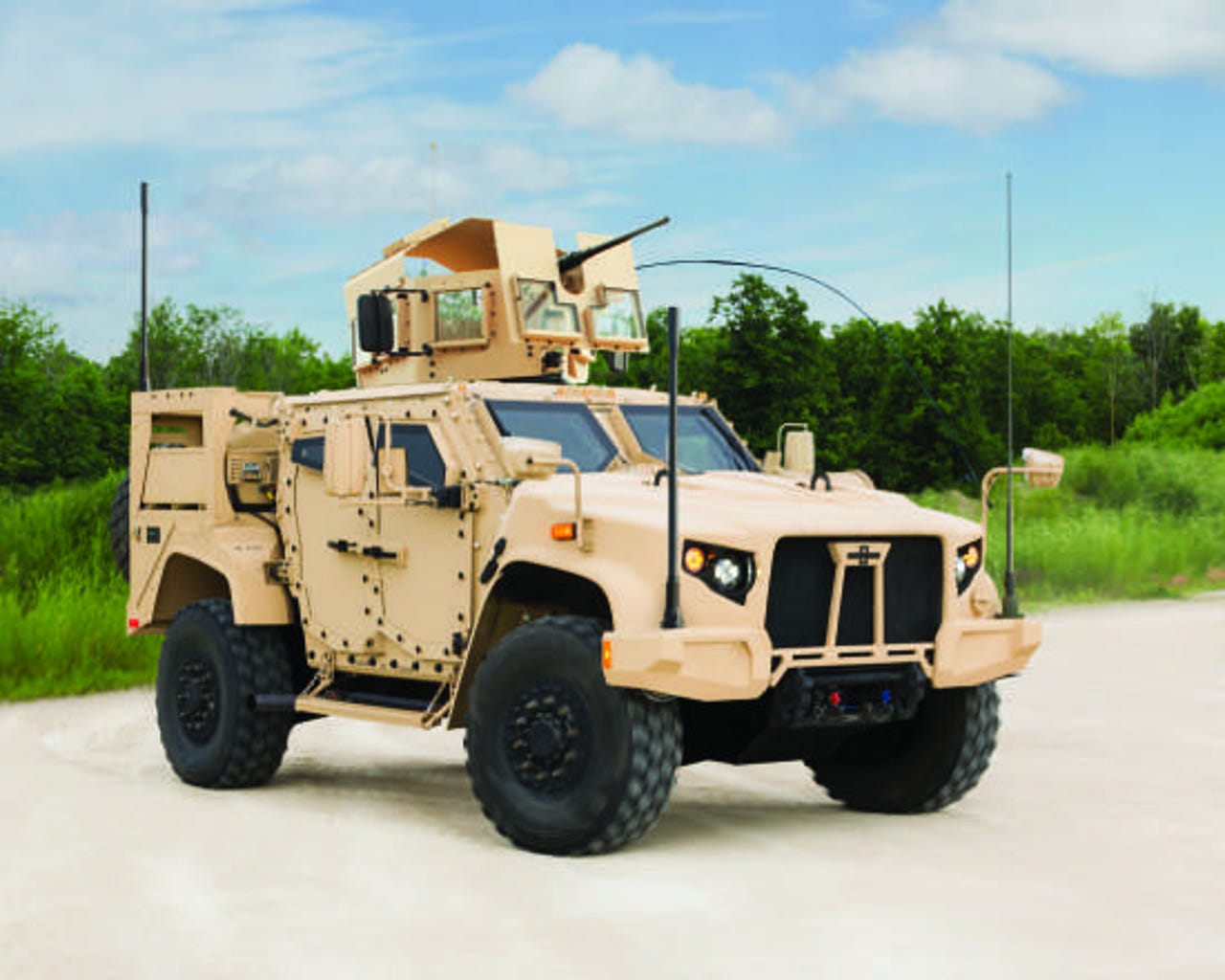In spite of military assurances, autonomous weapon research speeds ahead


Robotics
Autonomous vehicles are coming to roads near you. If the US Army has its way, battlefields will be next.
Under a program nicknamed "Wingman," the Army just announced it is range testing autonomous vehicles equipped with robotic weapons systems. So far, engineers have managed to successfully destroy targets with a self-driving Humvee equipped with an onboard autonomous 7.62 mm weapon system.
Cue Elon Musk-Stephen Hawking freak out in 5, 4, 3 ...
The three-year program officially began last year, and it seems to be progressing quickly.
If there's any comfort for those who fear the longterm consequences of autonomous weapons systems (and there's not much, really), it's to be found in the program's budget: $20 million, a mere pittance in defense spending terms.
(For sake of comparison, here's a list of DoD weapons systems acquisition costs.)
The autonomous systems being developed under "Wingman" are controlled by the so-called Robotic Technology Kernel, a program-developed system "with driving cameras, sensors, and other electronics that allow it be driven manually through teleoperation or autonomously through waypoint navigation," according to the Army.
A subsystem of the Robotic Technology Kernel is the Autonomous Remote Engagement System, which helps identify targets using vision-based detection and user-specified target selection.
For now, the Army plans to keep soldiers in the loop. According to program leaders, lethal action won't be taken without input from individuals.
"You're not going to have these systems go out there like in 'The Terminator'," Thomas B. Udvare, deputy chief of the program, told the Army News Service. "For the foreseeable future, you will always have a Soldier in the loop."
Nice to hear. But there's something a little spooky about the Army insisting humans will remain in the loop while engineers are rushing ahead with weapons systems clearly designed for autonomous use.
It's a bit like robotics companies insisting their products won't replace human workers, just make jobs easier.
Sure, for a while that's likely to be true. But the future of war -- and work -- is going to look much different than it does today.